… LET’S BURN IT!!!
For our siding we’re using an old Japanese technique for preserving wood called Shou Sugi Ban (aka: charred cedar — although any number of species of wood could work).
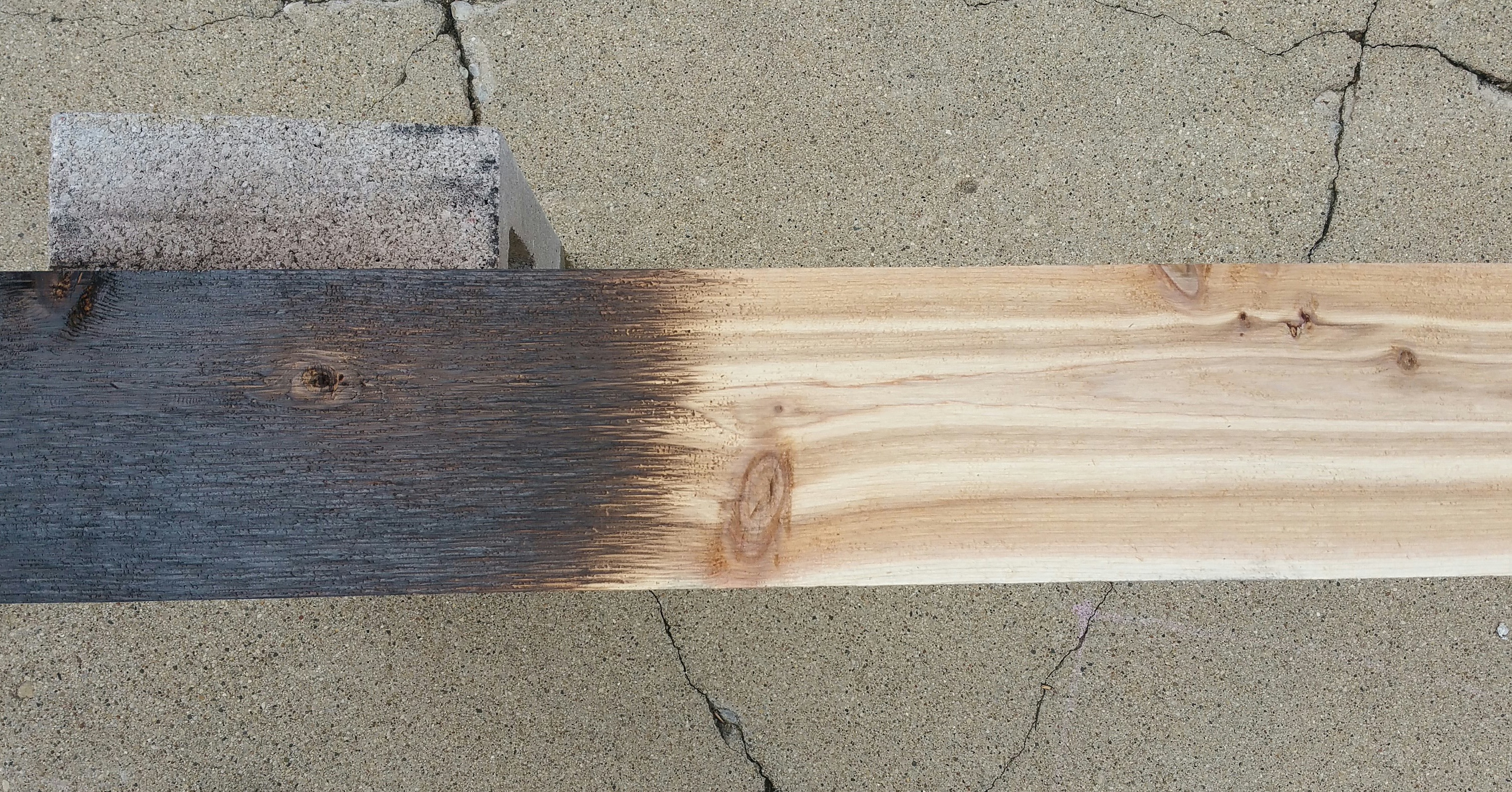
You can check out a series of helpful DIY videos here:
Starting Over…
There’s some flexibility in exactly how it’s done, and there are various looks that can be achieved. For example, we’re going for mostly a “gator” finish, meaning the cedar will have an alligator skin-like appearance. This is considered a heavy burn.
An alternative way of doing it would be to “gator” it first with fire, then scrape the excess char off, leaving behind a smoother, lighter, but still charred and protected finish (see video below).
Video of Brushed Charred Cedar: Dry vs. Wet Brush
Here are a few pictures that highlight the difference:

Once the charred wood has been oiled (whether it’s with a gator finish or a brushed finish), it will look something like this:



There are companies in the US that are exploring the limits of what can be done with shou sugi ban, including the use of various species of wood, a range of options in the level of char, and potential areas for its installation:
reSAWN TIMBER co. (Pennsylvania)

Either way, the char doesn’t go very deep into the wood, and it doesn’t have to in order to be effective — either for looks or durability.
For instance, once the wood has been charred, it will be fire resistant. The charred surface actually protects the wood from further burning. I had to see this to believe it, but if you char a piece and then hold the torch in one spot it really does resist burning (you can eventually reduce the wood to ash, but it takes a surprisingly long time).
The charred wood will also be unappetizing to insects or rodents, and once covered in its attractive black armor, the surface can face decades of sun and rain (80-100 years is the usual claim for its longevity) with little or no maintenance, apart from an occasional fresh coat of oil (every 15 years or so?).
Our wall assembly will utilize a fairly substantial rain screen, meaning there will be significant air movement behind the siding, so one could argue it should be unnecessary to char the back of each piece, but we’ve chosen to do so for the added peace of mind (and not a really significant amount of additional time — and the charring is fun to do anyway).
For cut ends and mitered joints, we will use tung oil to help seal these areas (similar to painted wood siding that gets a swipe of oil based primer in these same spots just before installation).

Once charred, the wood can immediately be installed, or, as we’ve chosen to do, you can oil it first. After experimenting a little back in 2015, applying an oil finish seems to bind the char to the wood better than leaving it just “as is” (regardless if the level of char is light or heavy).
Also, if you don’t oil, then the surface remains like a charcoal briquet, so any time it’s touched some of the char will rub off — just imagine the reaction of friends or family the first time someone leans against the siding, or if you have kids running around and they touch the char. It could be a real mess.
In addition, if you choose not to oil, then every time the charred wood is cut during installation black dust will go flying (whoever does the installation will not be pleased when their hands, bodies, and lungs are covered in a layer of fine soot — picture a 19th century Welsh coal miner).
So for durability, looks, and ease of installation, we’ve decided to take the extra step of oiling each piece as well (more about this process later).
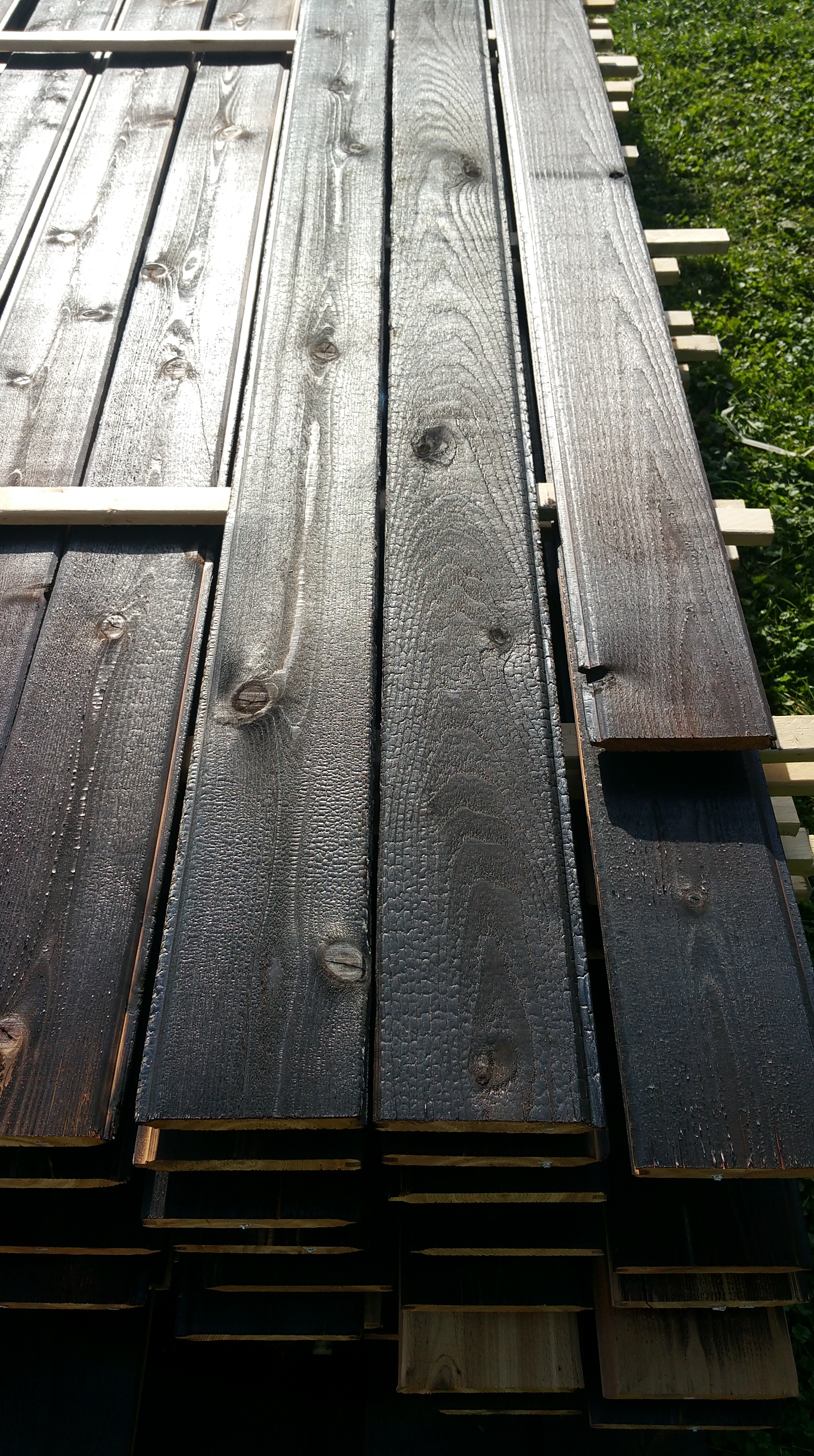
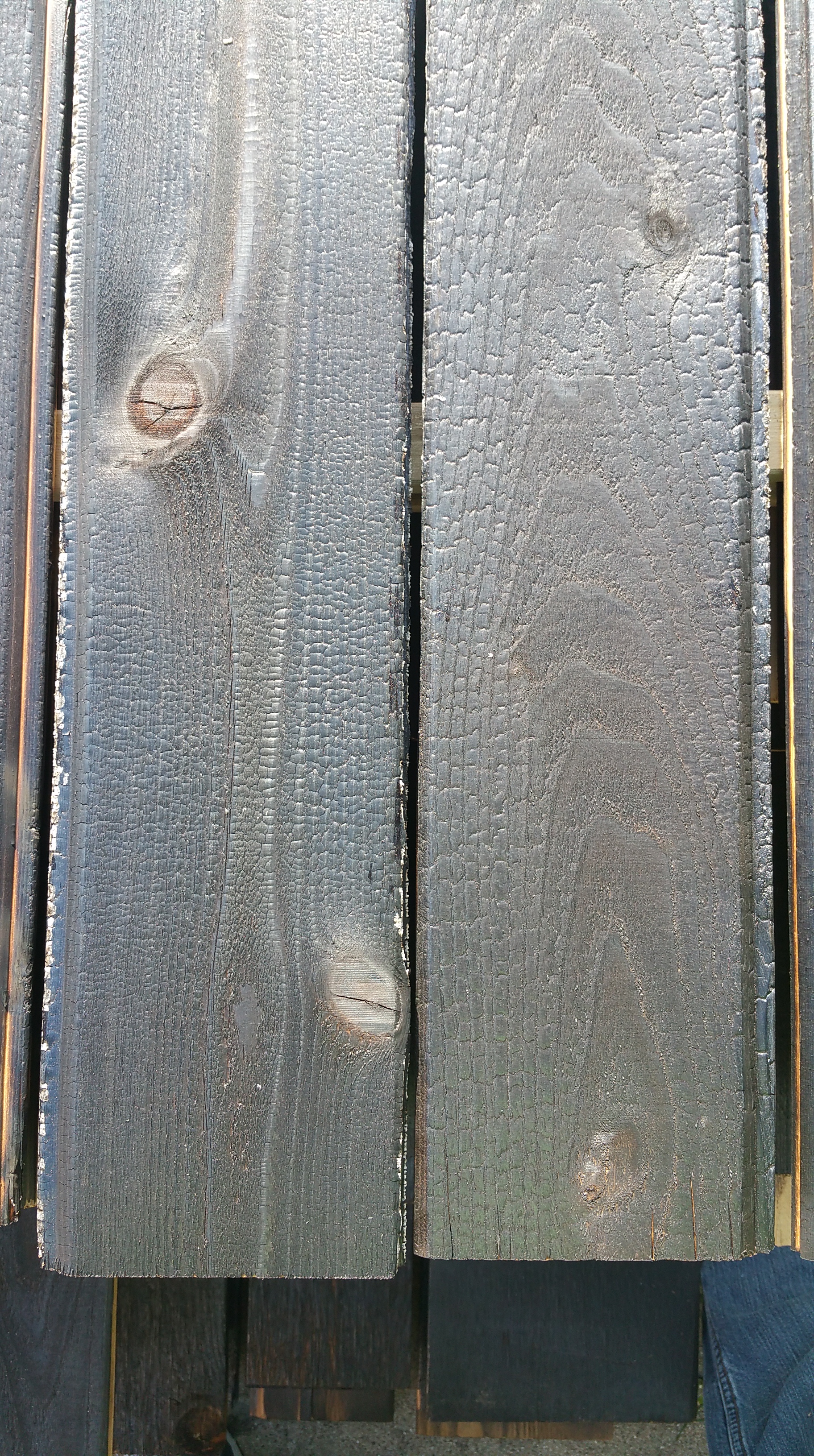
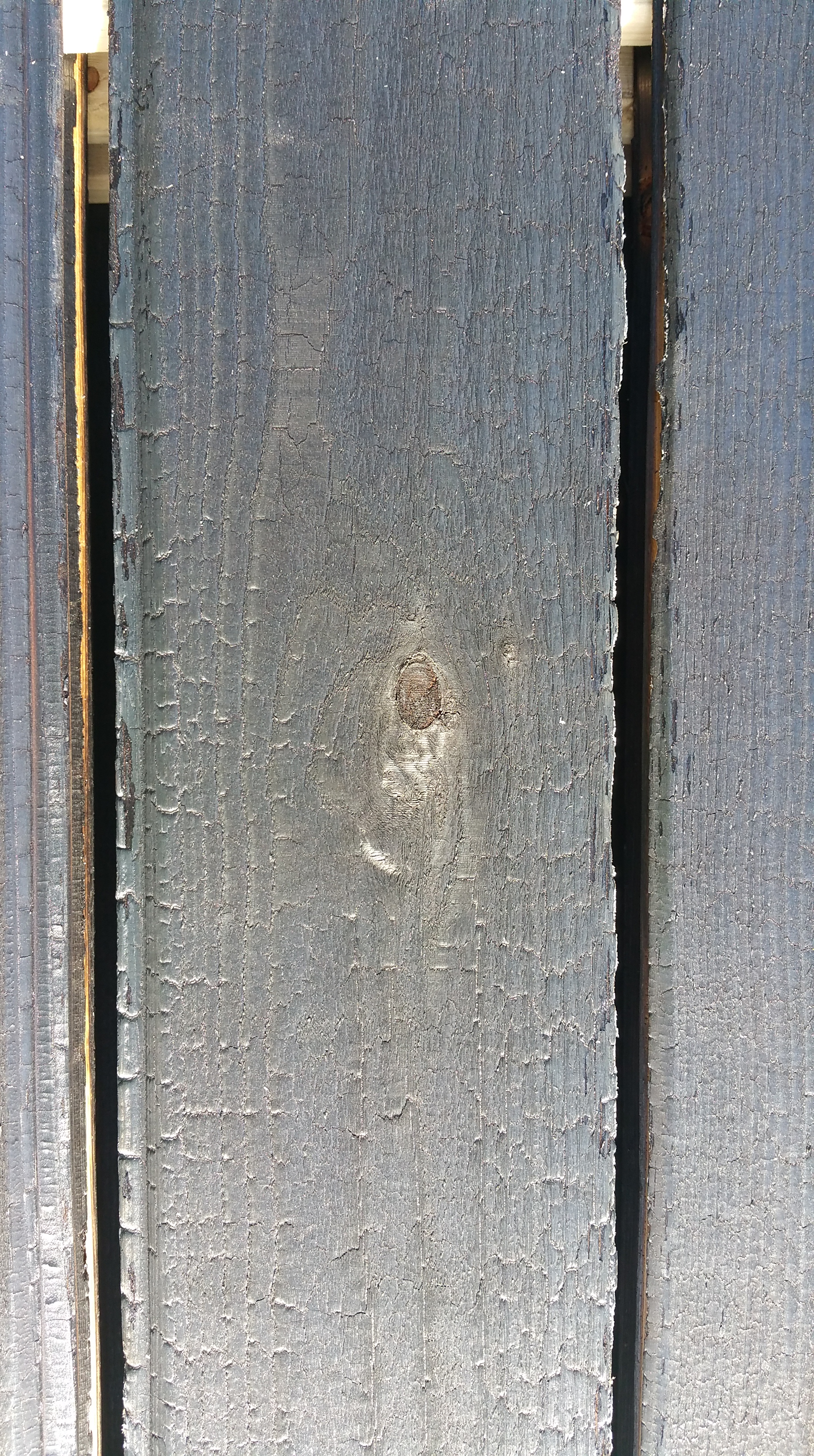
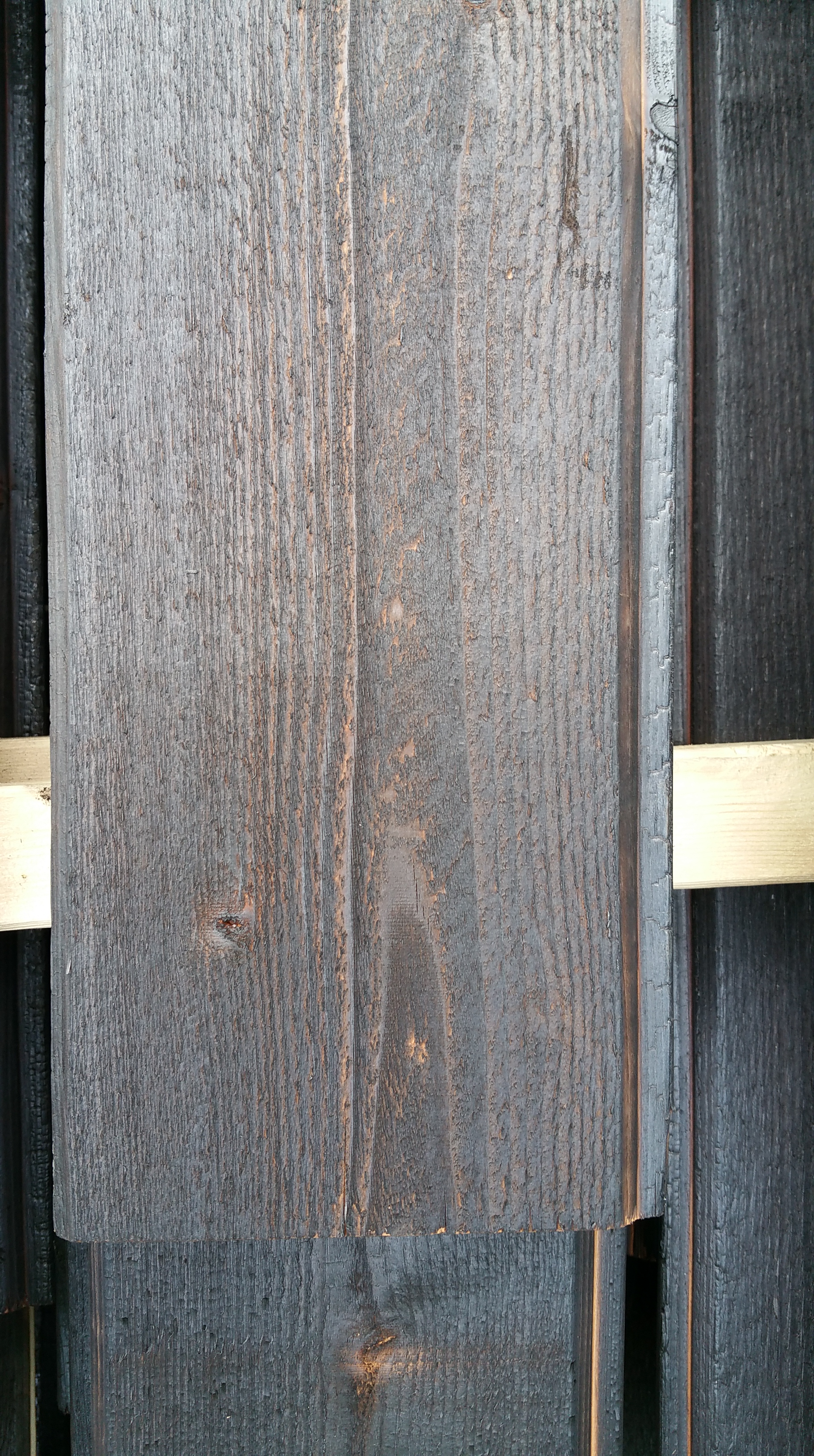
There is a range in the level of char we want to achieve. While most boards will have the gator finish, much lighter boards (a few even lighter than the one pictured above) will be part of the mix as well. We think this will make for a more interesting overall look, but it also takes the pressure off, slightly, if you have more than one person doing the charring (each person will have a slightly different definition of ‘gator’).
We’re also curious to see how the lighter boards will age with time: Will the lighter undertones of raw cedar turn gray and blend nicely with the char? Or will the natural color, peeking through the black surface, stick around longer than we think?
As far as the tools involved, the following have worked for us:
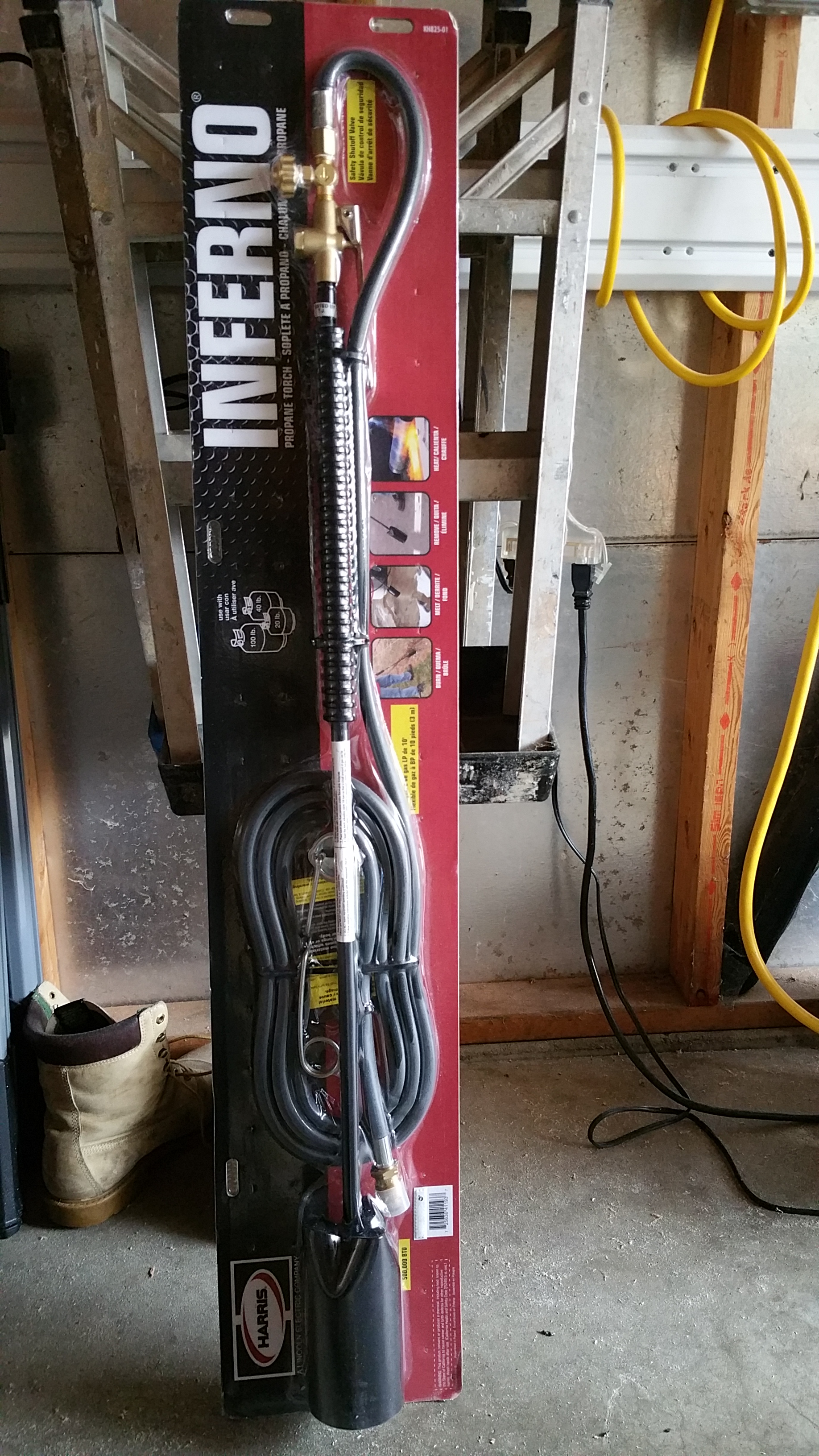
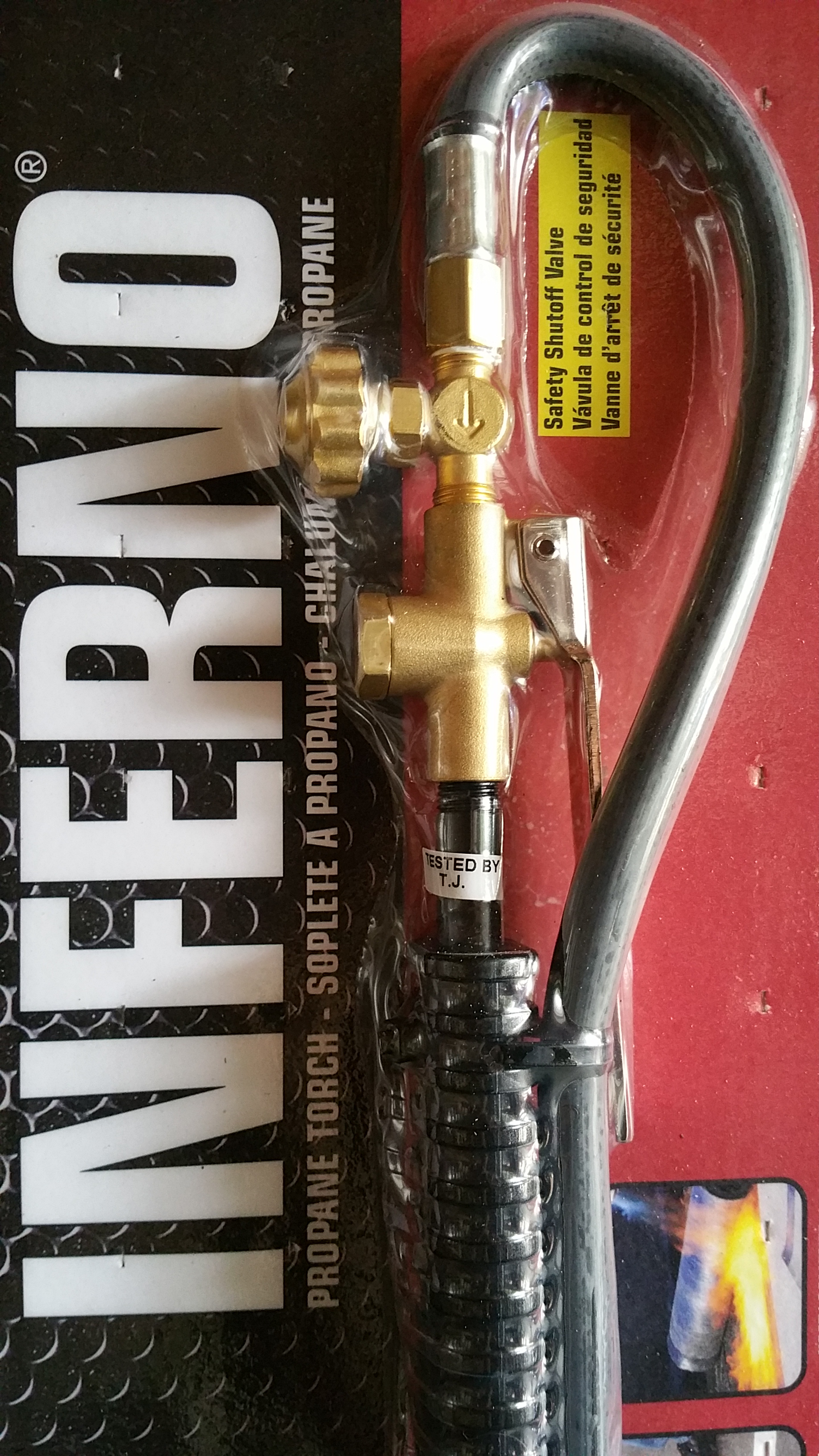
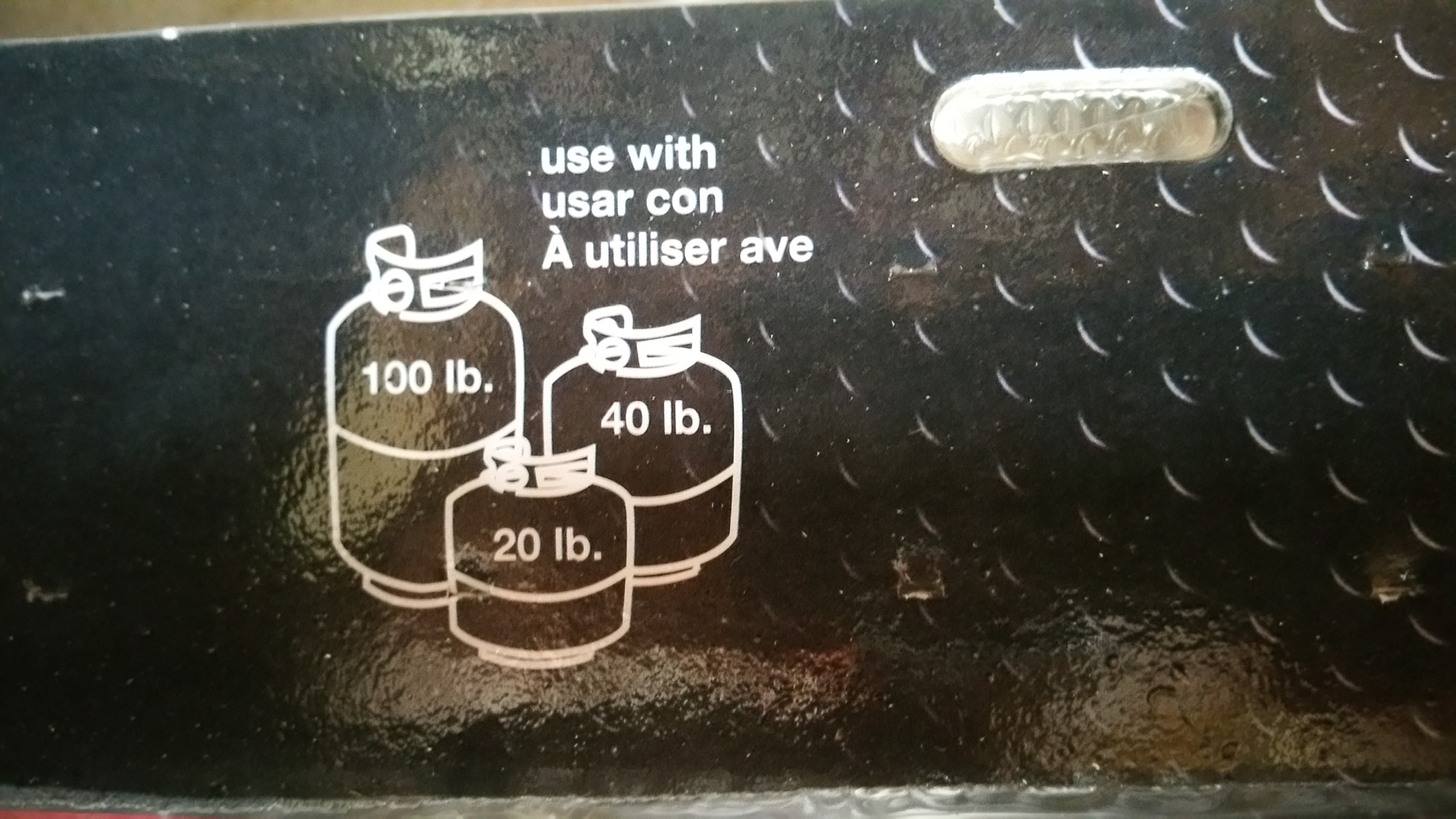
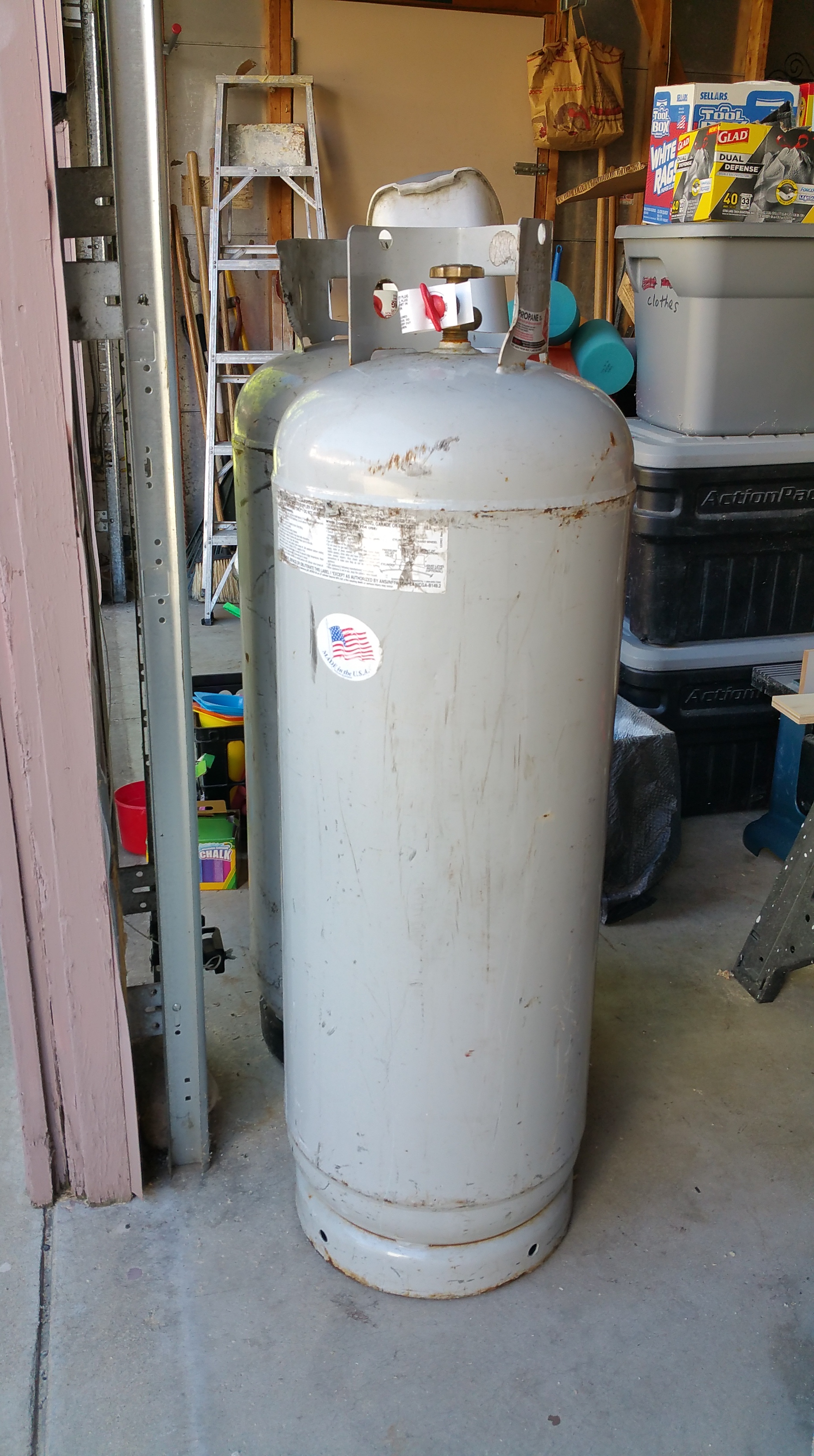
We were planning to use the typical 40 pound propane tank that’s used for grilling. Fortunately, my wife was smart enough to look around online for us, and she found these 100 lb. tanks instead.
These 100 lb. tanks have worked out great — no trips to a big box store for refills on the smaller tanks. And by buying the gas in bulk, they’ve also saved us some money as well.

You can follow the level of the tank by looking for condensation. The only down side to these larger tanks is once they hit this level, about 1/4 full, pressure drops significantly, so it takes twice as long to burn a board.
Here are some of the key connections involved:
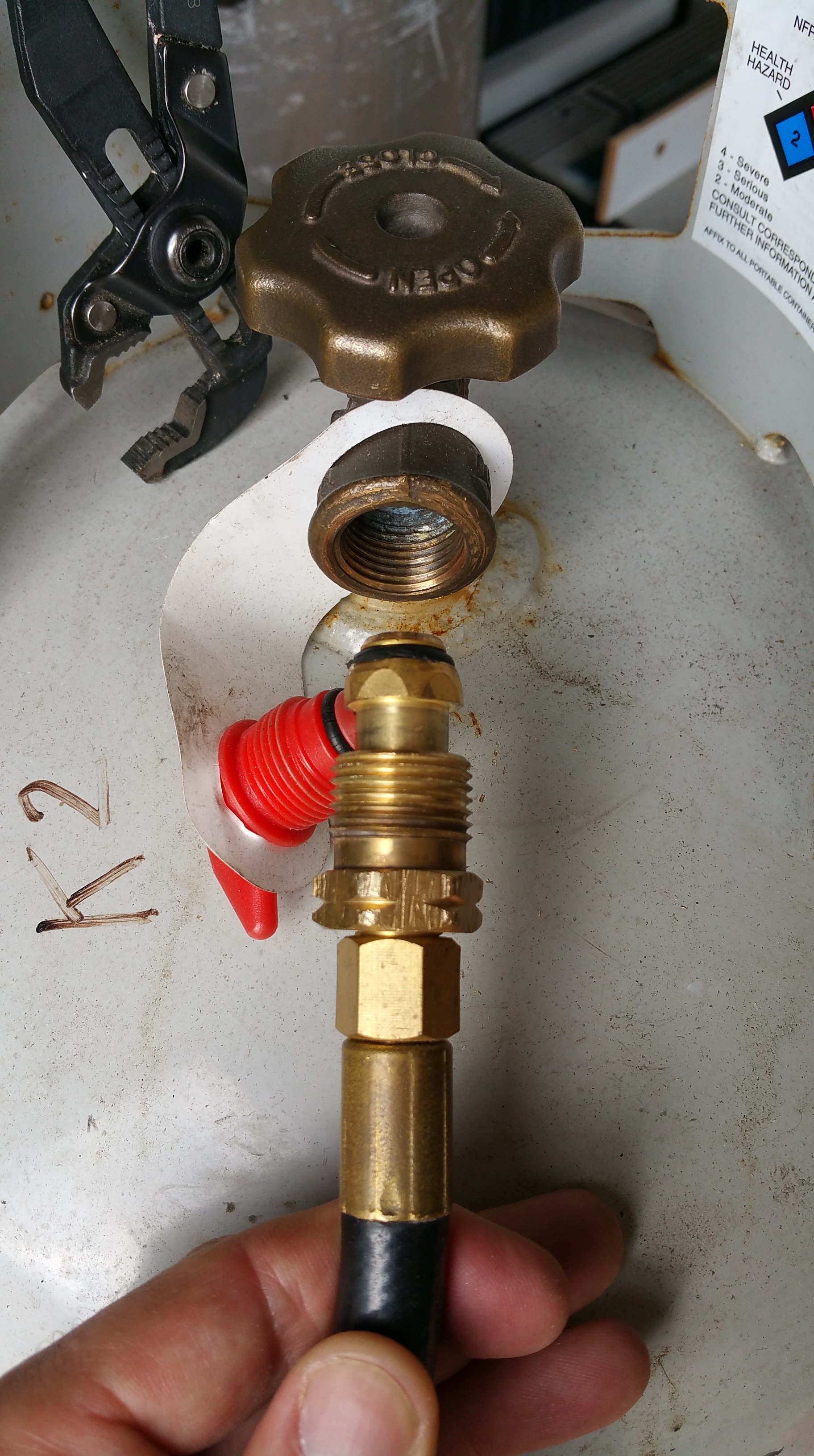
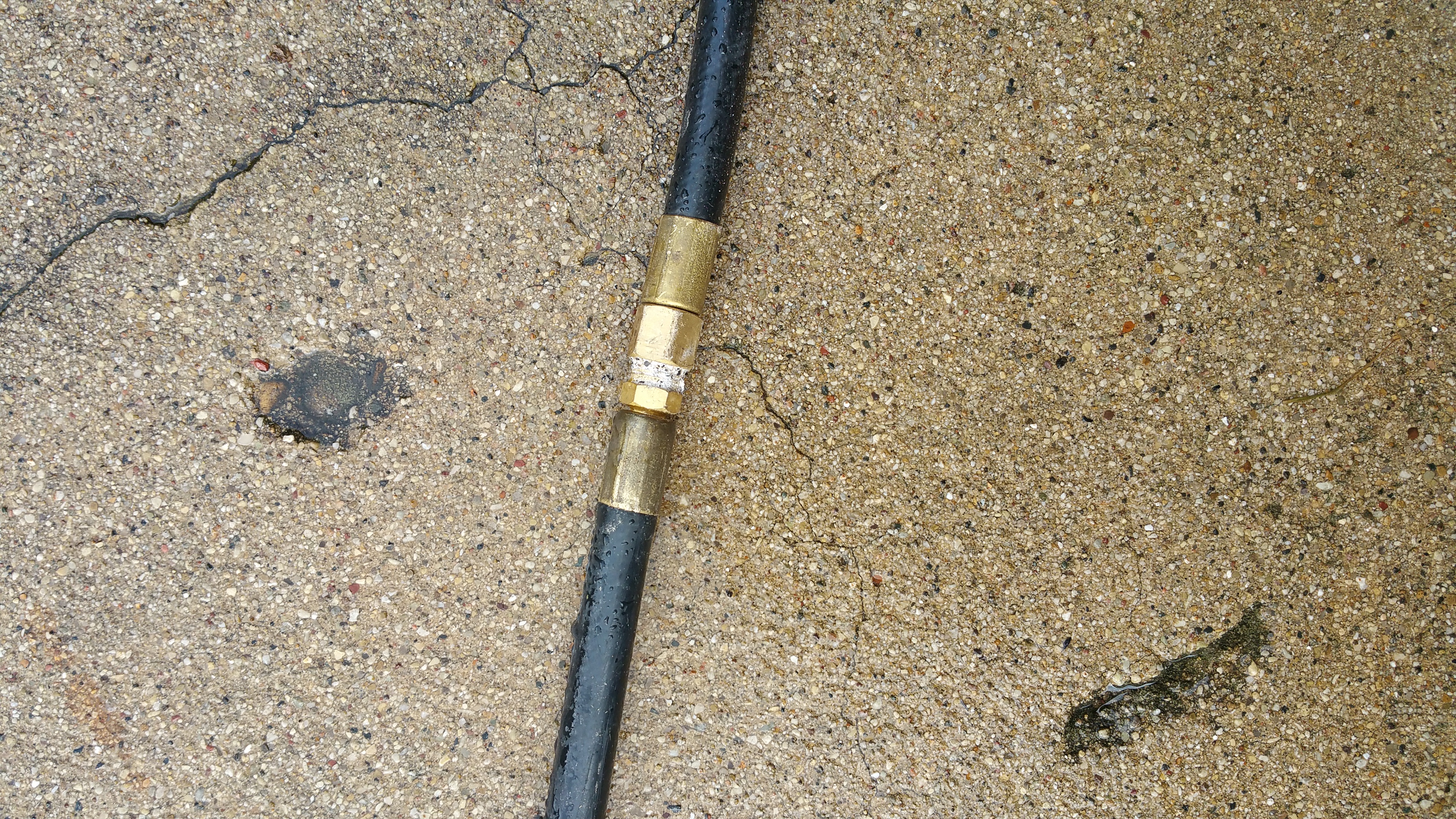
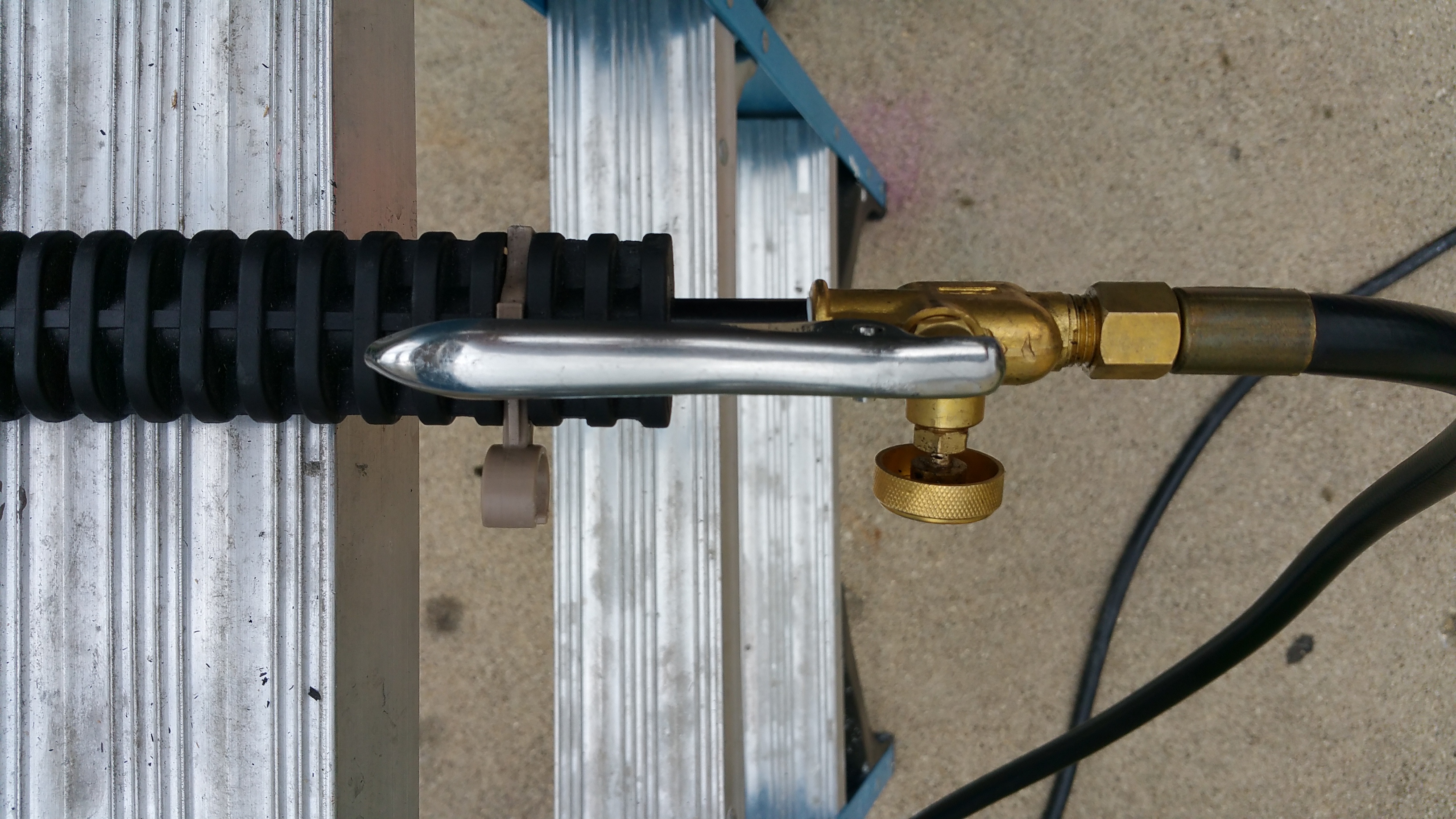
The Inferno comes with a 10′ hose, which works okay, but we bought a 25′ extension hose on Amazon that definitely makes life easier by allowing you to get further away from the tank for a wider range of motion.

In terms of safety, in addition to a pair of sunglasses or construction safety glasses, proper hearing protection is a must. If you’re doing just one or two boards, the noise level of the torch isn’t a big deal. However, if you plan to do dozens of boards at one time, we would definitely recommend some kind of hearing protection. The torch is undeniably loud (we’re lucky we have patient, forgiving neighbors).
Welding gloves have also been a real help. On windy days, the boards tend to stay lit longer, but it’s easy to just pat or rub out the small areas of flame with the welding gloves. And they’re a must for moving the boards around right after charring.
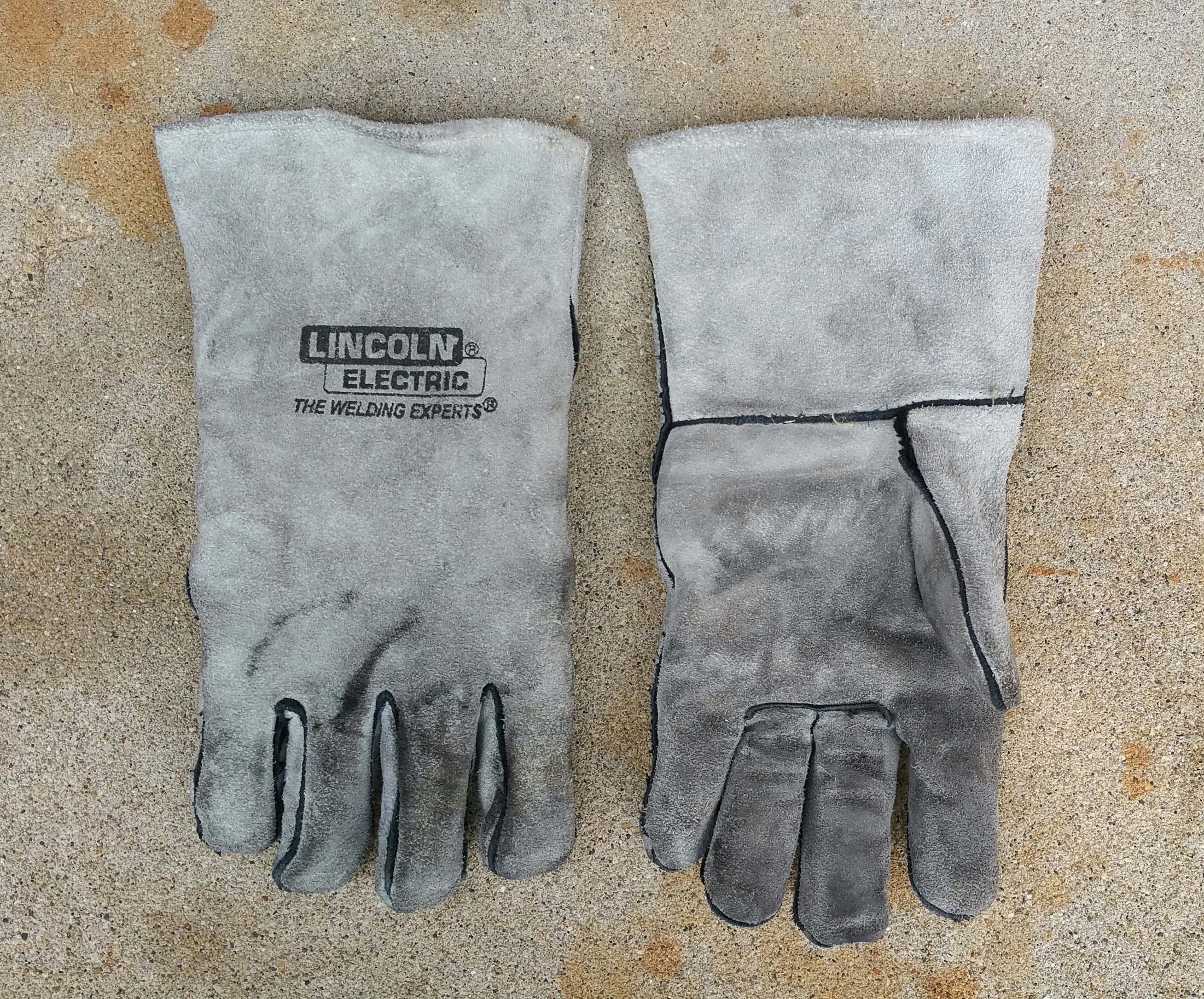
We also keep a couple of 5 gallon buckets around, only partially filled, so it would be easy to toss it at someone who’s just burst into flames (let’s hope this never happens).
In addition, we have a 6′ step ladder set up as a station to hold the torch when not in use, and it’s a convenient spot to drape a garden hose with a nice spray nozzle, so it’s in easy reach if something should go wrong. We also occasionally spray down the concrete, hoping this discourages any stray embers from landing and then floating away to ignite something in the surrounding area.
To be honest, the only time I got myself in trouble was when the 100 lb. tank was 1/4 full and the pressure had dropped. Normally, we barely have gas running through the hose and coming out of the torch because the boost switch on the torch is so effective. Because of the pressure drop, I turned up more gas, hoping it would counteract the loss of pressure, but instead I just managed to catch my jeans on fire at the knee (momentarily, thanks to a handy 5 gallon bucket of water). I was extremely lucky, and lesson definitely learned.
Right as the sun is going down is the most exciting time to burn — the flame becomes vivid, and it’s really fun to watch as it dances across the surface of the board.

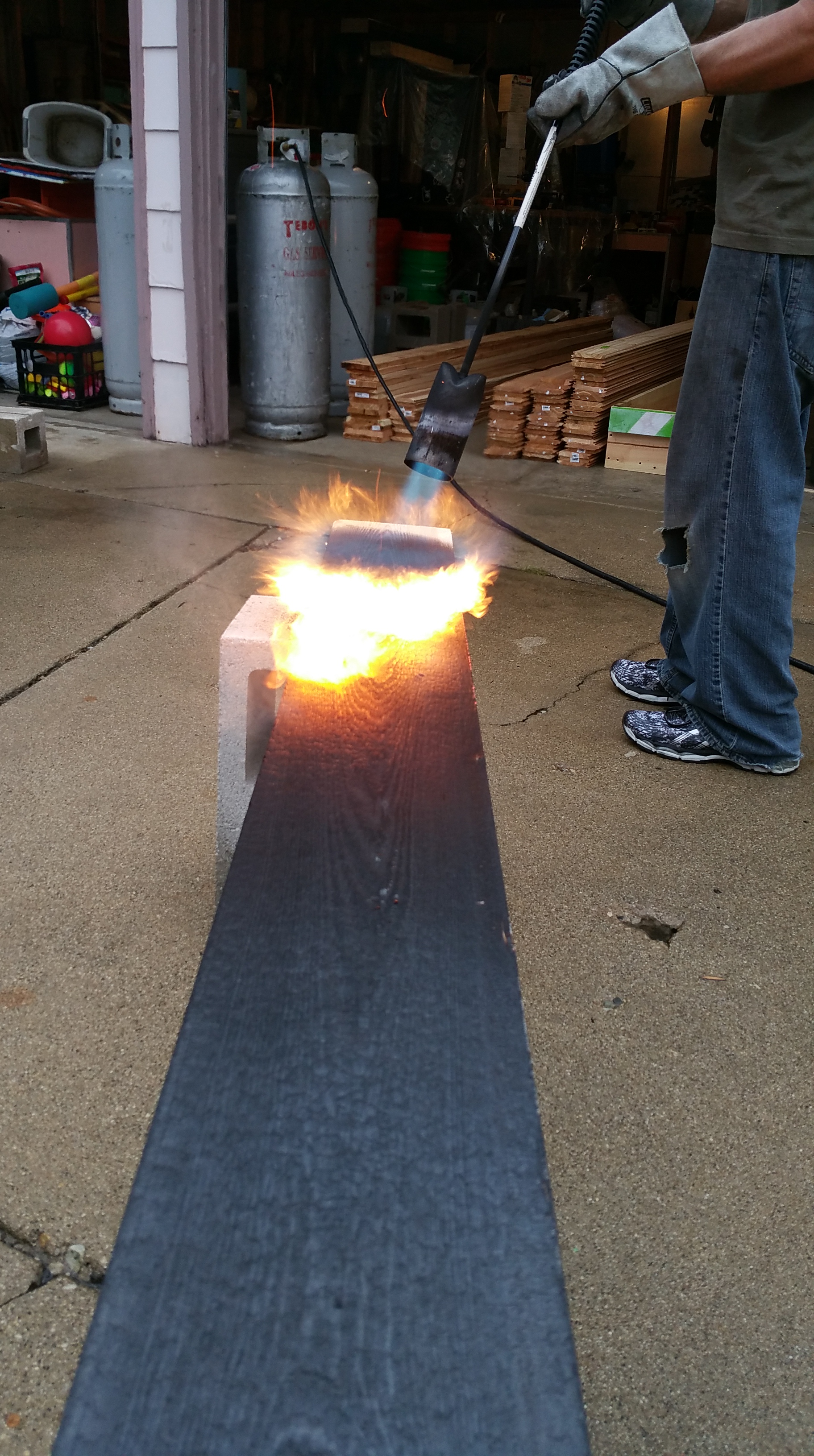


Videos demonstrating the charring:
The 1x material, whether 1×6 or 1×8, takes longer to burn since we found it impossible to get the face and the edge all in one pass. You can definitely pick up more of a rhythm with the 1×6 T&G boards. And we haven’t gone for a gator appearance on the back (smooth side) of each board, instead going for a lighter char, which also helps to speed things up for each board.
How much will all this cost?
How long will it take?
For our single story, just under 1700 sq. ft. house (outside dimensions), with an attached 2-car garage, these are how our numbers break down:
- Time to burn (per board): about 1-2 minutes a side
- In 6-8 hours, 40-80 boards is realistic (depends on level of char, and if it’s 1x or T&G)
- Total time to burn all the boards we should need: ±80 hours
- For torch, hearing protection, welding gloves, extension hose: $100-150
- Per 100 lb. tank: $80-90 (8 total tanks to finish).
- 1×2’s, or similar material, for stacking the completed boards: $100-200
- #3 or better Cedar (1×6 T&G, 1×6, and 1×8): approx. $8-10,000
Keep in mind, this doesn’t include the time or expense required to oil each board (again, more on that later).
One final, additional challenge was getting quality boards.
Our first order of cedar, via a big box store, came from Mary’s River (they’ve either gone out of business, or their manufacturing plant burned down — depends on who you ask). Their rate of waste was about 10-15%, so not bad at all. It felt like I had to go looking for bad boards (board bends to the left or right at the end, U-shaped from the middle, broken or missing tongues/grooves, or cracked/split boards).
In subsequent orders, with a company called Tri-Pro, the rate of waste was about 40%. Luckily, the big box stores are okay with returns, nevertheless this gets frustrating.
And even with the big box stores themselves, there can be significant differences in quality from one location to another. Our first couple of orders were poorly packed and just wrong. Then, after going to a second location to order, in Long Grove, this showed up:
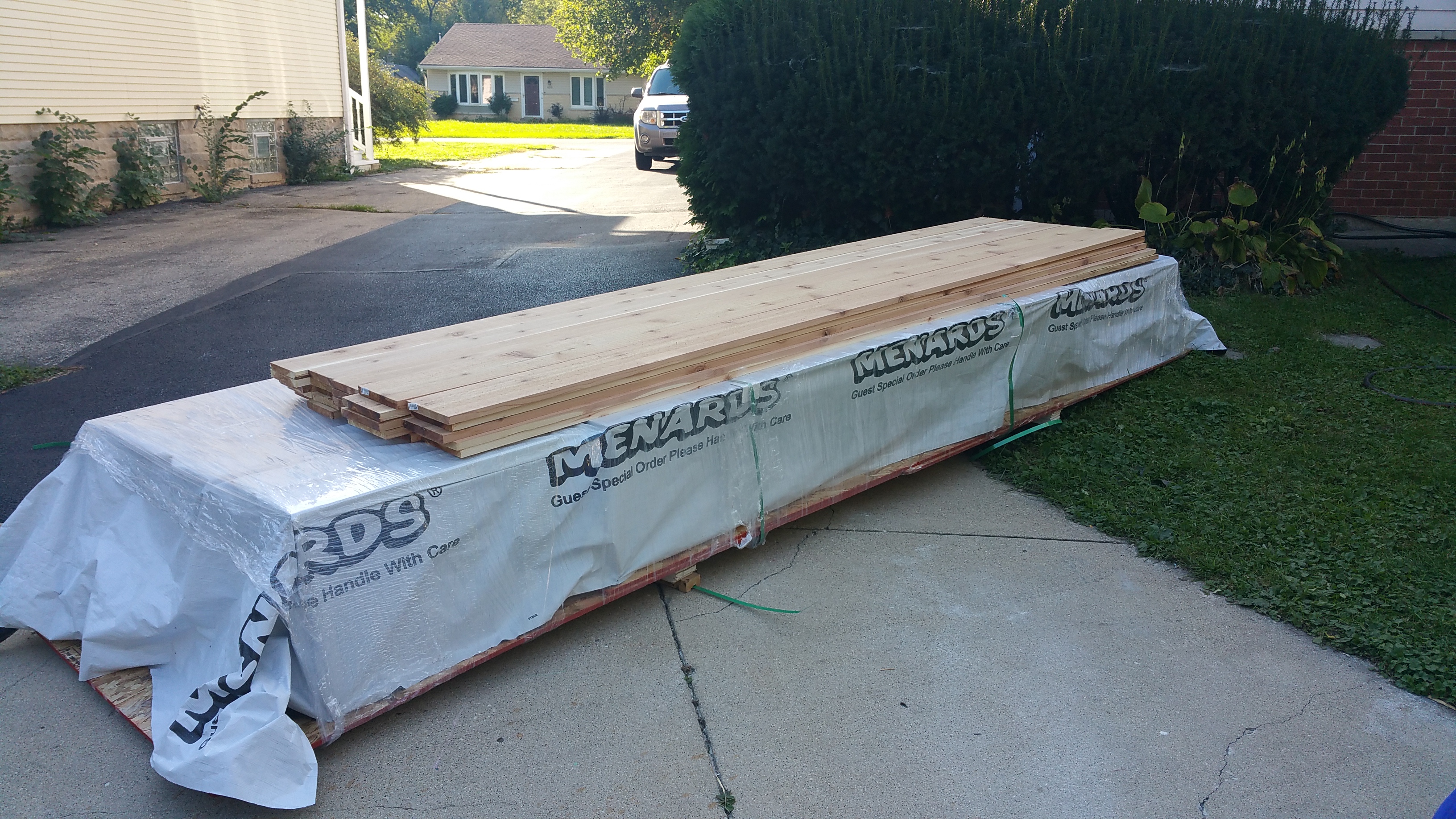
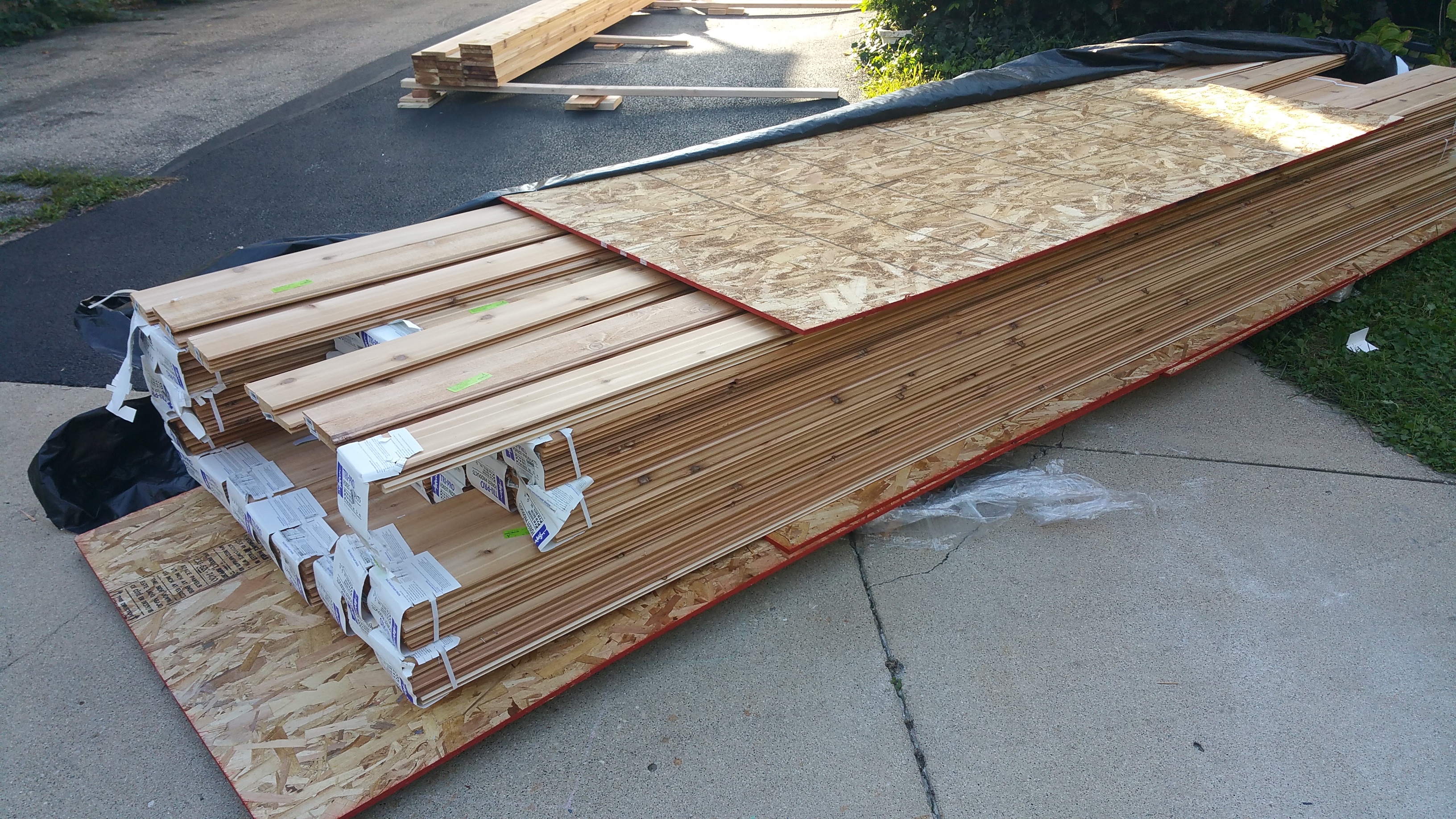
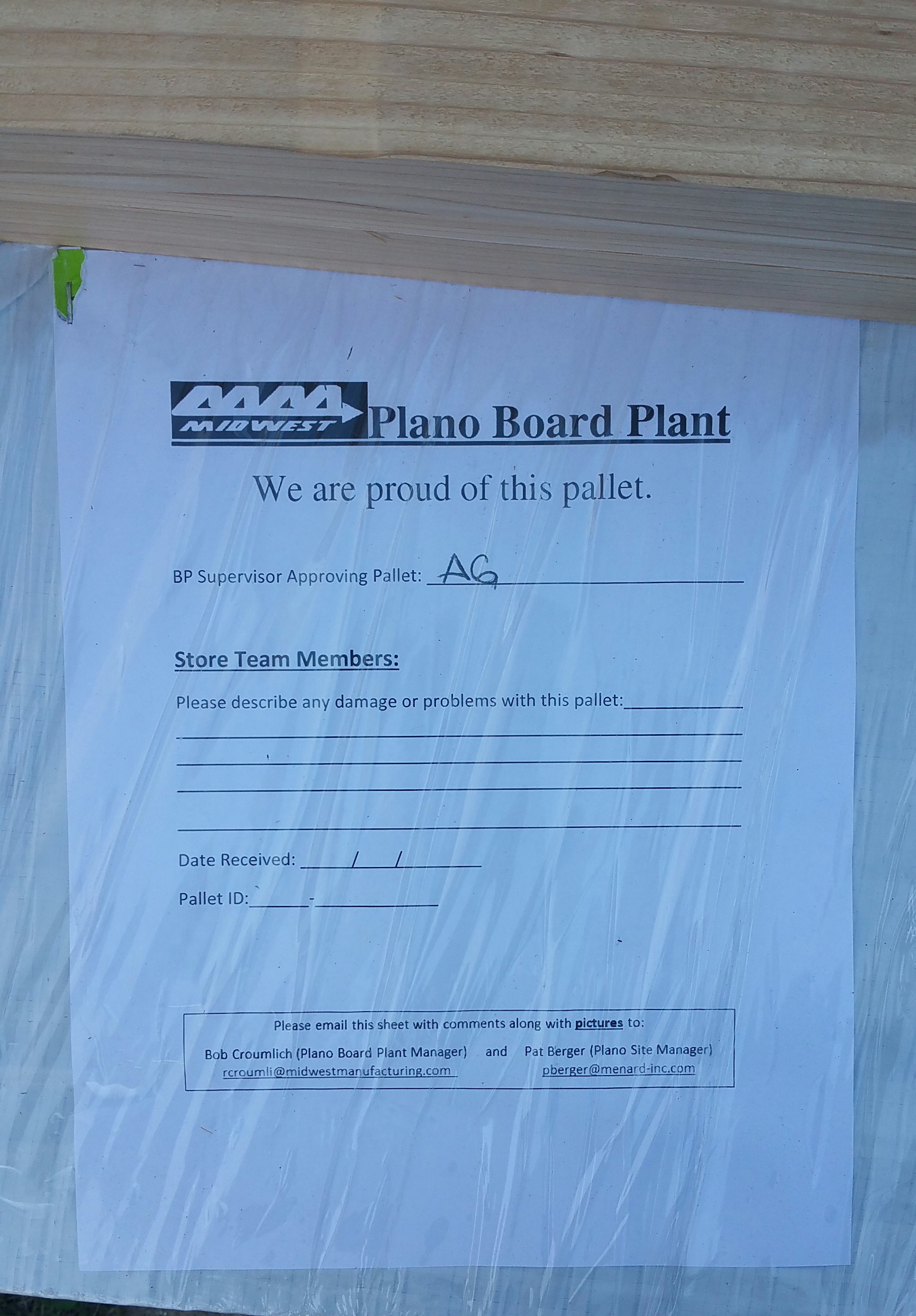
I can’t tell you whether the person (or persons) who put this specific pallet together actually enjoys their job, but what I know for sure is that they give a shit (to be perfectly blunt).
Unfortunately, this level of quality and pride in workmanship is exceedingly rare — anywhere, in any occupation — so when you see it, it can’t help but stand out and grab your attention.
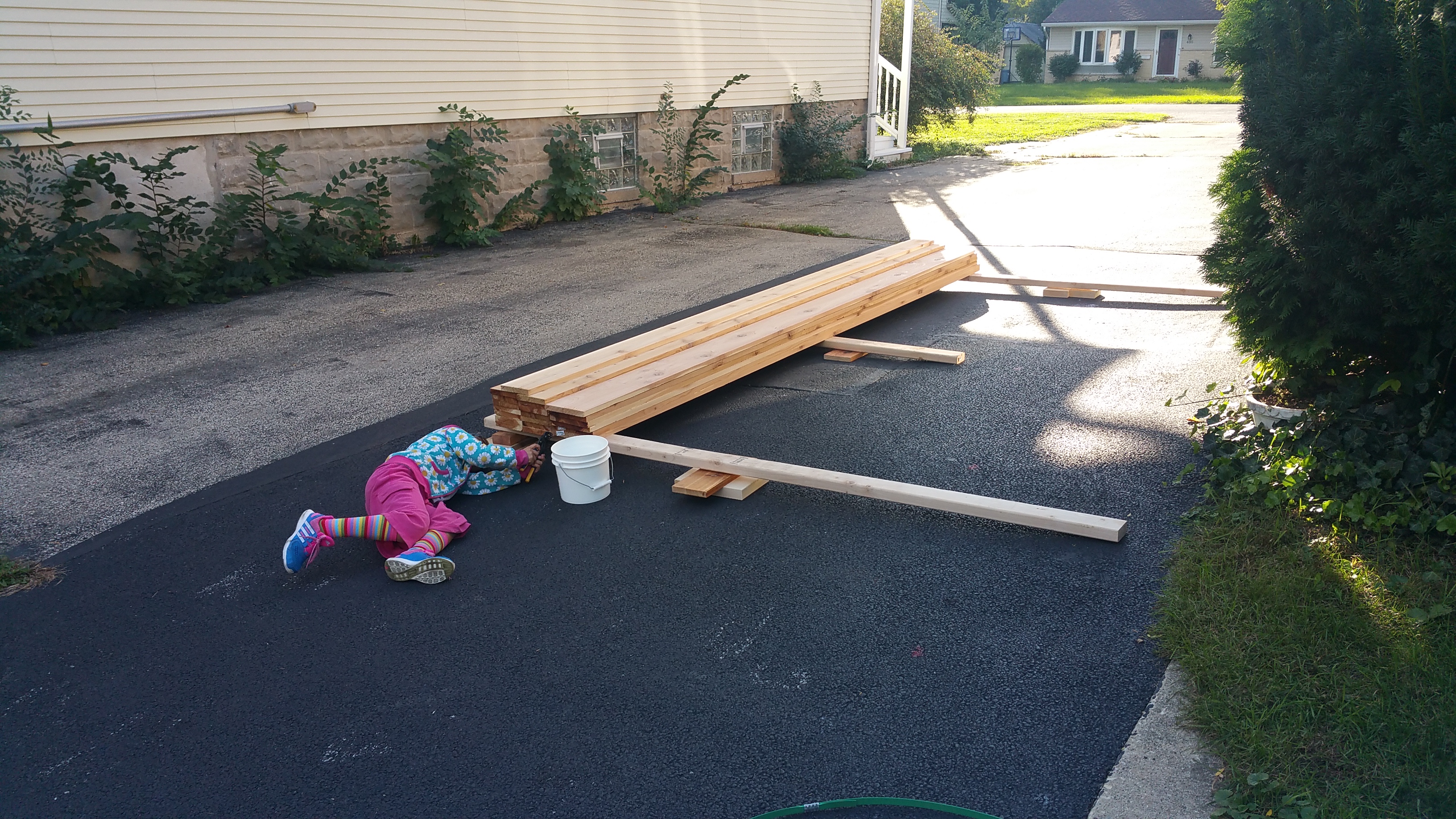









Way cool Eric!!! I’ve never seen such a technique. I’m intrigued!
LikeLike
Hi Drew!
Yeah, it’s a lot of fun to do.
And if you go to the websites of Delta Millworks and reSawn Timber Co., you’ll see just how many options there are.
We’re going to try and incorporate some charred cedar elements for our interior as well. We think it’s a beautiful finish, and visually it’s just really striking.
LikeLike